There can be your advertisement
300x150
Which plants will get rid of annoying insects in the garden?
Which plants can help get rid of harmful insects? And also improve the appearance of the plot
To keep insects from interfering with enjoying time outdoors, many people resort to chemical treatment of the plot. However, this kills not only mosquitoes and moths, but also butterflies and bees.
Specialists from Derevo Park offer an alternative: plant the plants from this list and forget about pests.
Common Yarrow
Yarrow is considered a weed plant—it often grows along roads, on fields and lawns. It looks accordingly: long, almost bare stems, sparse pinnate leaves, and modest flowering in the form of a basket of bright yellow balls.
Despite that, yarrow is rich in essential oils and has many beneficial properties. For example, its aroma repels most insects: mosquitoes, ticks, fleas and flies.
In landscape design: will look interesting in a field-style flower bed.
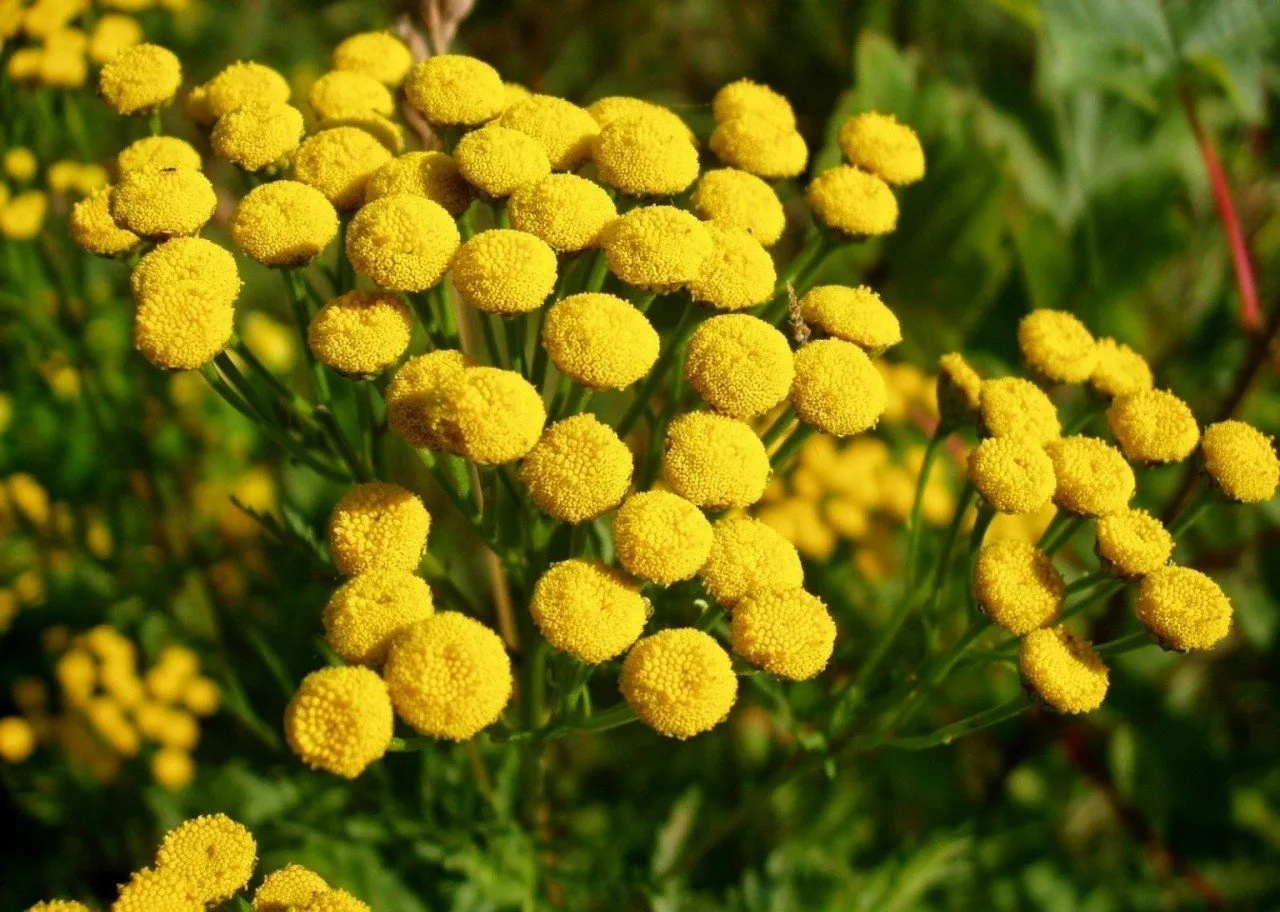
Common Sage
This aromatic plant has antiseptic and insecticidal effects. A perennial semi-shrub with branched stems and oval leaves adorned with blue-violet flowers that bees and butterflies love, but repel mosquitoes.
In landscape design: is quite self-sufficient, will look great in group plantings or as one of the tiers in a flower bed. Works well with bulbous plants—iris, lilies, tulips, onions.
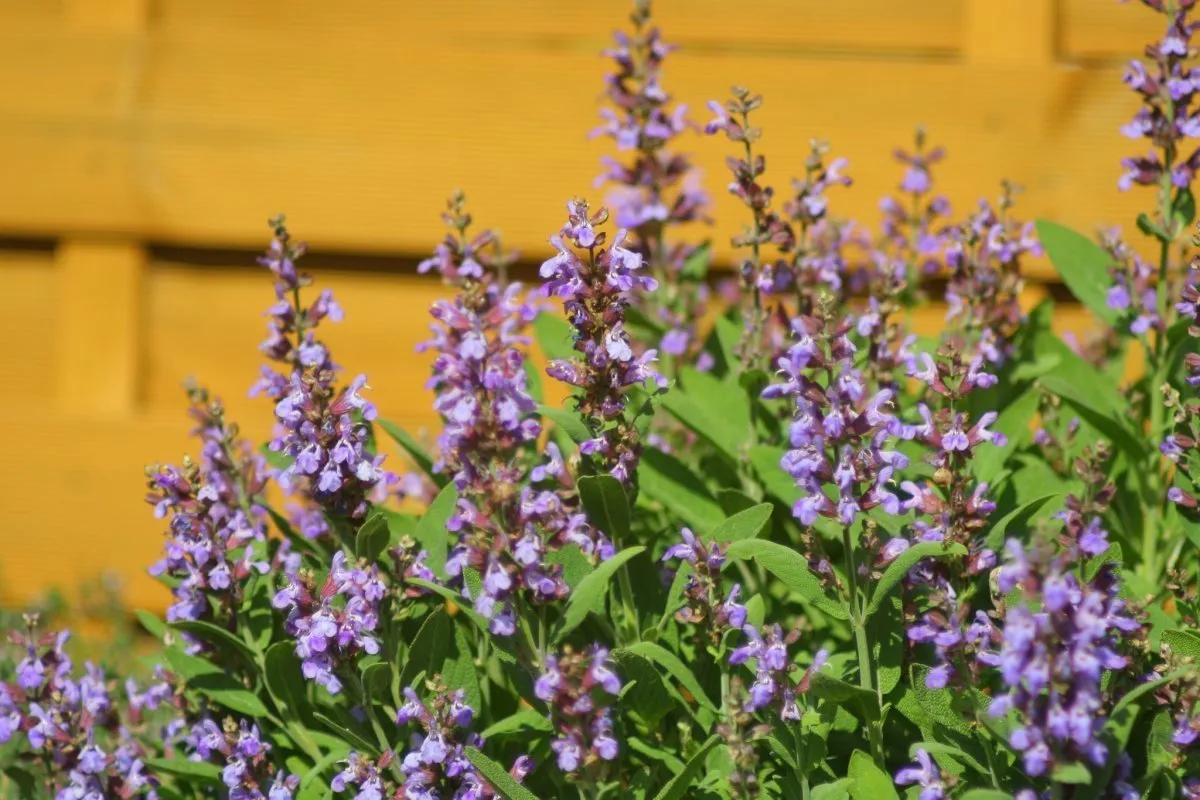
Common Thyme
Thyme bushes are decorated with lavender inflorescences. The aromatic leaves have a pleasant anise scent. Thyme is edible and can be a great decoration not only for the garden but also for the dining table. These are excellent honey plants that can help get rid of unwanted insects.
In landscape design: low maintenance, ideal for flower beds of various styles and can be used as a low living fence.
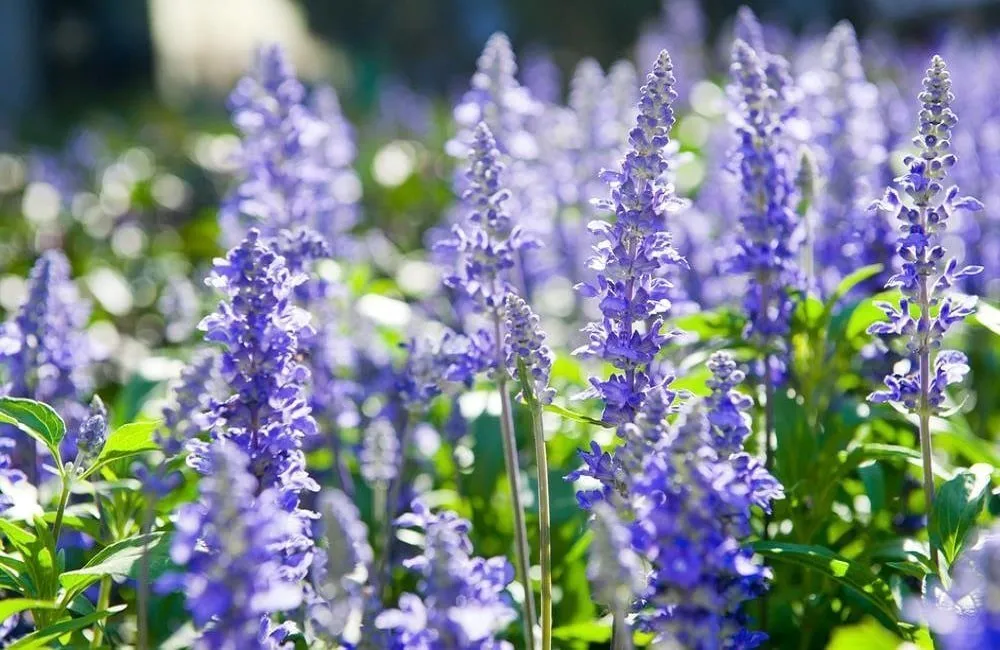
Lemon Balm
A low-maintenance perennial. One of the oldest aromatic plants with a delicate lemon scent, which is sometimes called lemon mint. In natural conditions, lemon balm resembles decorative nettle with small white-pink flowers. It has insecticidal properties.
In landscape design: we would plant lemon balm in one of the sections of a decorative garden or in a separate planter on the terrace.

Mountain Mint
A plant from the mint family with a bright citrus aroma reminiscent of bergamot. The stems of mountain mint are adorned with vibrant exotic flowers—this is one of the most beautiful plants that repel pests.
Frequently used in medicinal purposes, cooking and interior decoration, as well as for making aromatic potpourri.
In landscape design: will fit perfectly as a solitary plant, and also in compositions with astilbe, chamomile, delphinium or echinacea. Usually the flower heads are removed after blooming, but they can be left if desired.

Marigolds
These are small plants with pinnate leaves and mounded inflorescences in the shape of baskets. Thanks to phytoncides, they repel not only mosquitoes and flies, but also pests from neighboring plants. Help fight the leafroller, onion fly, cutworm and cabbage white.
In landscape design: will look great in planters, decorative gardens, and as a border for garden beds.
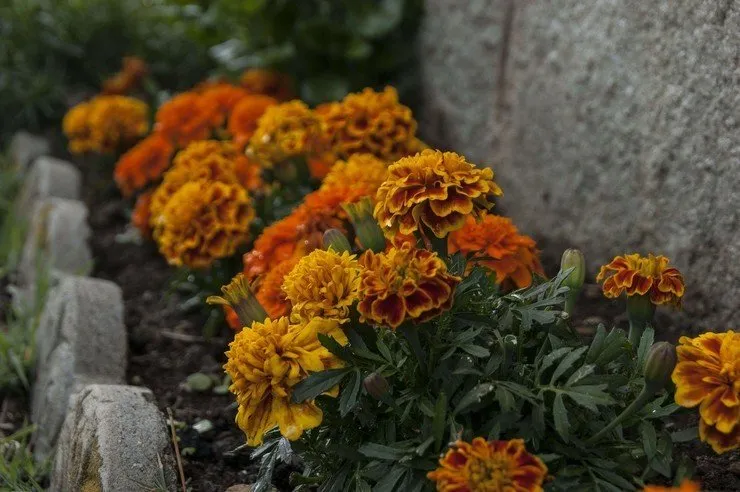
More articles:
 Personal Experience: How to Rent Out an Apartment and Make Money for a New Life
Personal Experience: How to Rent Out an Apartment and Make Money for a New Life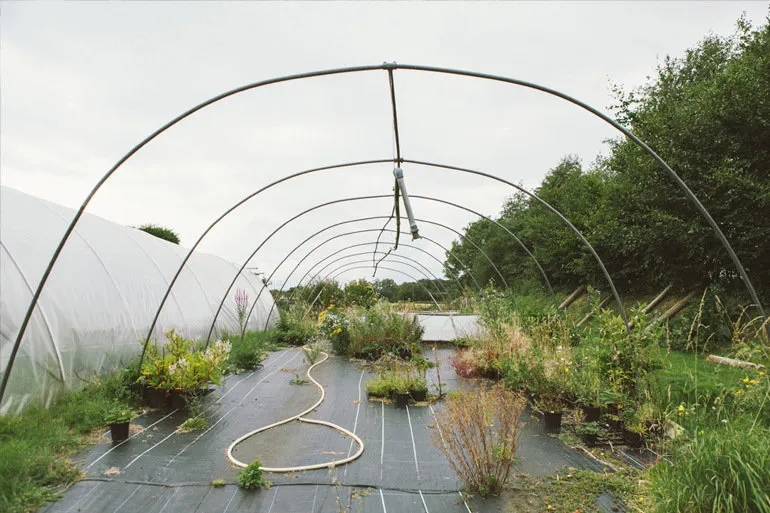 Is Your Garden Properly Watered: 4 Important Points
Is Your Garden Properly Watered: 4 Important Points How to Store Shoes in a Small Apartment: 13 Great Ideas
How to Store Shoes in a Small Apartment: 13 Great Ideas 5 mistakes in the renovation of a scandinavian duplex
5 mistakes in the renovation of a scandinavian duplex How to Transform an IKEA Shelf into a Kitchen Island
How to Transform an IKEA Shelf into a Kitchen Island How to Get Along with Your Husband's Relatives on the Dacha
How to Get Along with Your Husband's Relatives on the Dacha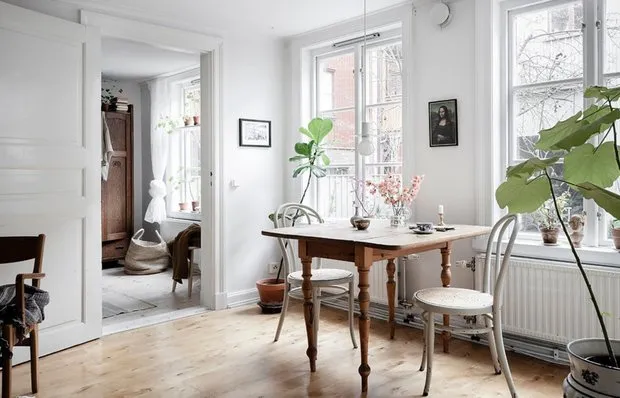 2-room apartment in Sweden: Scandinavian design on a small budget
2-room apartment in Sweden: Scandinavian design on a small budget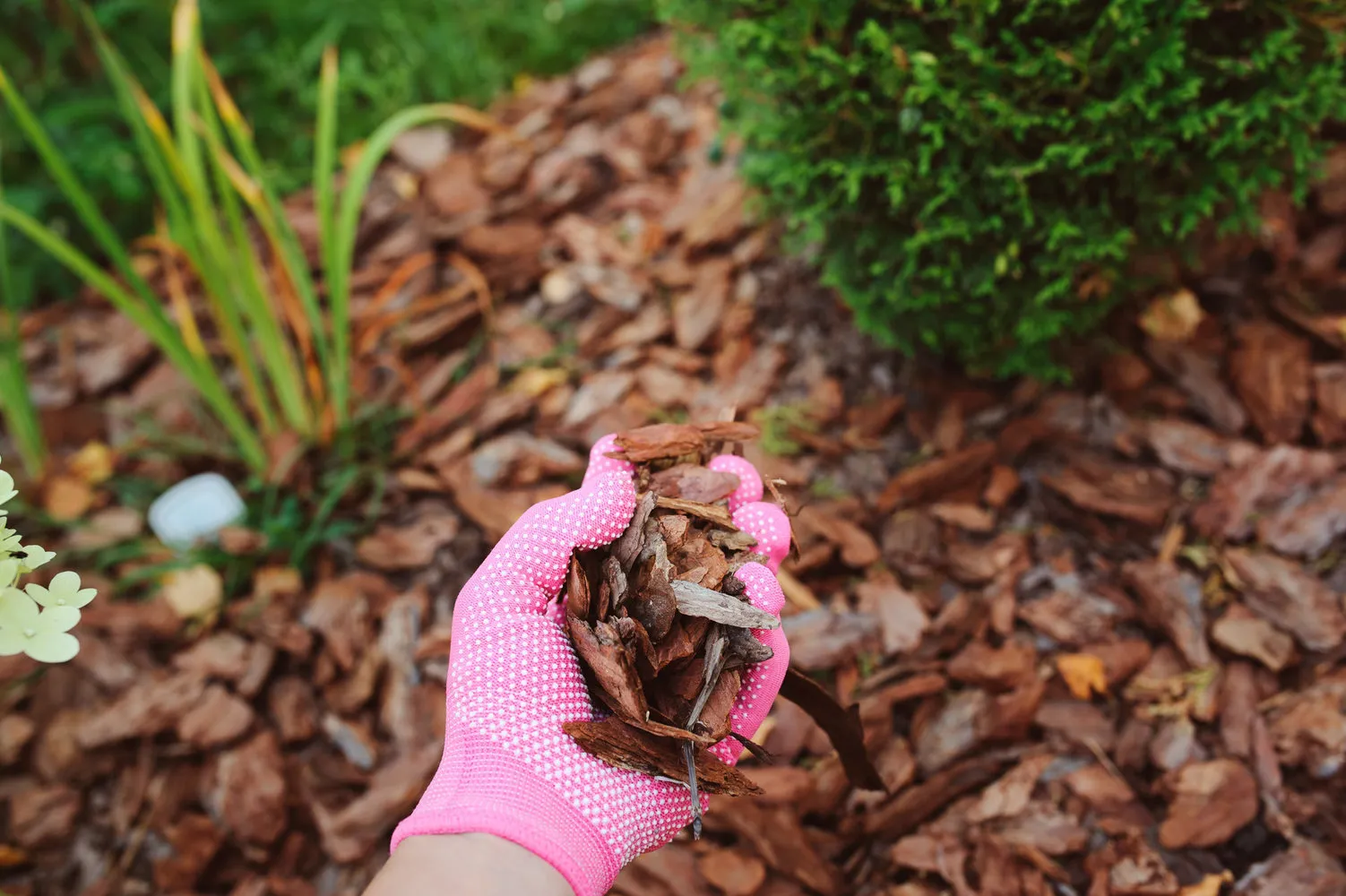 What to Do on the Dacha in July: 6 Important Garden Tasks
What to Do on the Dacha in July: 6 Important Garden Tasks